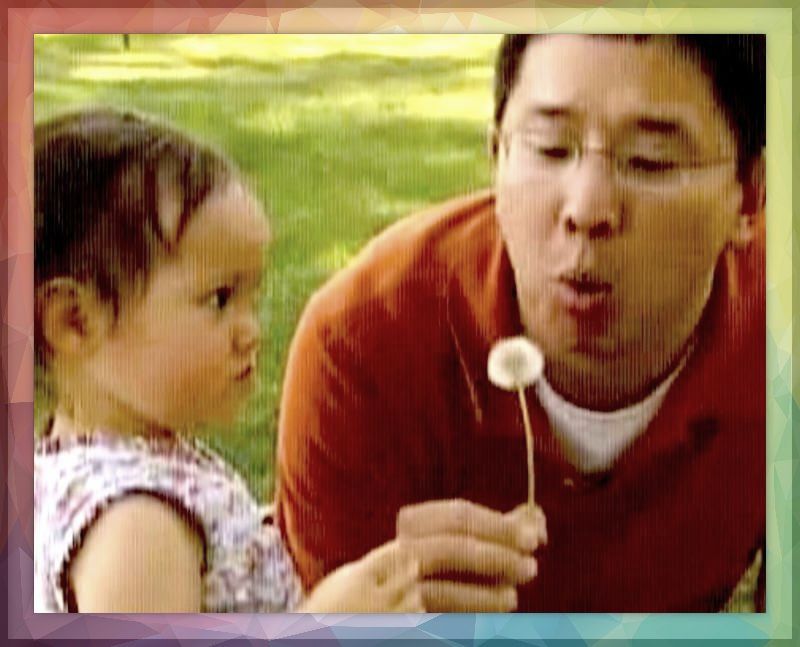ECHO Initiative Events
Next OAE Training
Web Class:
Four Sessions
:
April 22nd, 25th,
29th, and May 2nd, 2019
2-3 p.m. Eastern
* * * * * * * * * * *
Additional Training Opportunities:
Link to Previous
Recorded Webinars:
Our most recent
recorded ECHO Initiative webinar from
February 19, 2019:
* * * * * * * *
If you've missed any of
our other previous webinars,
|
|
|
|
I
f your program is new to OAE screening, or if you have added new staff who need instruction on OAE screening practices,
where staff can view instructional video modules
and access the
corresponding resources.
|
|
Quick Links
|
|  Find more helpful hints from previous issues of Probes and Tips and many other
resources at: www.kidshearing.org |
|
|
 |
|
Maximize Children's Access to
Sights & Sounds That Support Communication
When thinking about children who are deaf or hard of hearing, people may consider only hearing technology or sign language as keys to language development. Our colleagues at Hands & Voices have written a great article to remind everyone that there are also simple strategies that can maximize a child's access to everyday communication.
These strategies can be used by parents and
 early care and education providers to make sure that
children get the f
ull
benefit of language-learning oppor
tunities in daily lif
e. The
y can also be used to support
children who are experiencing temporary hearing loss as a result of ear infections.
Here are just a few of the ideas that can easily be
put into practice.
early care and education providers to make sure that
children get the f
ull
benefit of language-learning oppor
tunities in daily lif
e. The
y can also be used to support
children who are experiencing temporary hearing loss as a result of ear infections.
Here are just a few of the ideas that can easily be
put into practice.
Position the child to maximize visual and auditory access:
- In group settings, seat the child so that he or she can most easily see others in the room. Placing the child with his or her back to the wall will help to keep ongoing conversations and activities within view. Round tables may also help.
- When traveling in a car, place the child so that the ear with the most hearing is away from the window. This will allow conversations to be heard more easily while minimizing road noise that interferes with communication.
- Walk next to the child, rather than in front or behind, so that vocal and visual cues are clear.
Add lighting or make adjustments in low-lighting conditions: Remember that facial expressions and mouth movements all add to a child's ability to correctly understand spoken language. At nap time, or bedtime, or any time lights are low, fewer visual cues are available. Think about ways to illuminate a story reader's face, for example, so that the child doesn't miss out.
Pre-teach vocabulary that is in popular movies, cartoons or music: It is easier for a child to recognize
a word or name that is already part of their vocabulary. Introducing unfamiliar words or unusual character's names that will be encountered when watching a movie can help a child to follow the story line. Learning key words in a song can make it easier for the child to enjoy singing along. Taking just a few minutes to pre-teach key words will allow new vocabulary to be reinforced during the viewing or singing activity.
Create visual cues and representations of scheduled activities: An essential part of a child's development is learning how to anticipate events. Be aware that a child
with a hearing loss may not "overhear" all of the informal cues that other children respond to. This is especially true when a teacher or parent is not directly facing the child when information or instruction is given. Never assume that a child is intentionally misbehaving if he or she fails to follow direction to transition to another task. Think carefully about the types of cues that can help children to anticipate a change in activity. It can be very helpful to create a visual representation of daily activities and to use this to focus
the child's attention while explaining what needs to happen next.
We kn
ow
 that children are learning
all the time in all different
settings. Simple strategies that support communi
cation
can make a difference in
helping children who are deaf or hard of hearing to learn alongside
their hearing peers.
that children are learning
all the time in all different
settings. Simple strategies that support communi
cation
can make a difference in
helping children who are deaf or hard of hearing to learn alongside
their hearing peers.
|
 |
Have any other questions about how to provide a child who is deaf or hard of hearing with easy access to everyday communication?
Let us know at:
And, as always, share
www.KidsHearing.org
with anyone you think would benefit from our resources.
|
|

2615 Old Main Hill
Logan, UT 84322
|
|
|